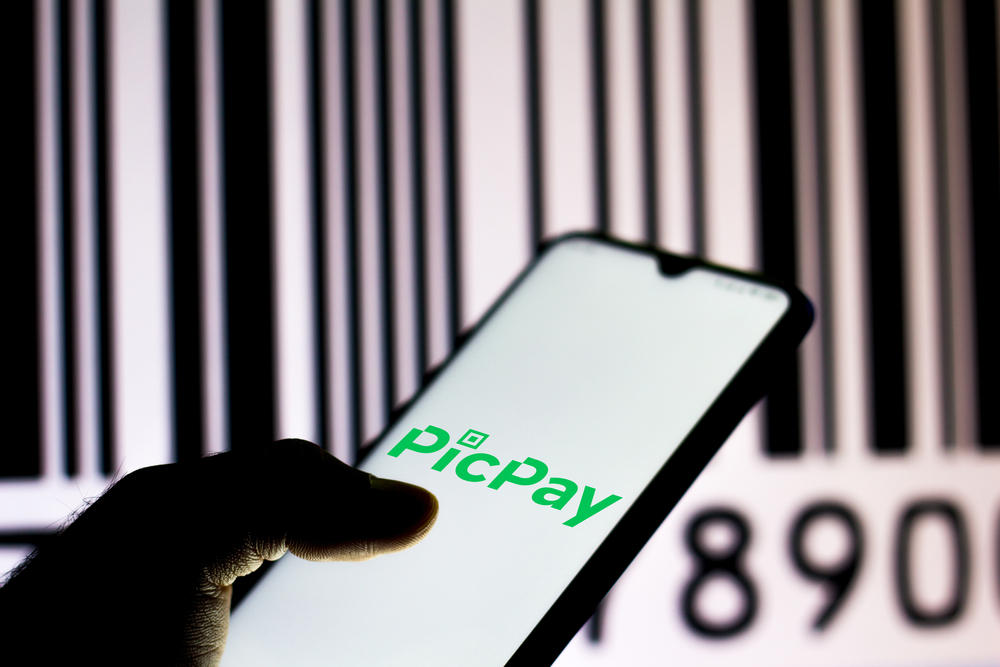PicPay, Latin America’s largest digital wallet with over 62 million customers across Brazil, took a shortcut to become a licensed bank.
A financial institution already part of a holding company (J&F Participações, the same parent firm of JBS, the world’s largest meat-processing company) that controls both organizations asked the Central Bank to change its name from “Banco Original do Agronegócio” to “PicPay Bank.”
With the change approved by the Central Bank and published on the federal register in May, PicPay Bank shifted from being an institution directly managed by J&F to becoming indirectly controlled by PicPay Holding. J&F also controls digital bank Banco Original.
In a statement to The Brazilian Report, PicPay said the new configuration gives the company “greater autonomy and security to finance its assets, create financial services, and use resources that contribute to its growth strategy.”
PicPay also said that the new configuration does not alter the company’s plans, which means the fintech continues to eye up an IPO and hopes to be Latin America’s first super app — a goal shared with other regional competitors such as Inter, Magalu, and Rappi.
To achieve this goal, PicPay has a challenge similar to that of other fintechs: increasing its customer base while monetizing it. For this, it has been diversifying its offer of services.
One of the main fronts in this regard is the app’s marketplace — which offers debit and credit cards, personal credit, and a p2p lending club through which users can lend money to each other. Launched in 2020, it is used by almost a third of its customer base, which went from 41 million in 2020 to 62.9 million last year.
Another key figure that shows that the app is on the right track in terms of customer loyalty and monetization is that about half of clients are considered active, having used at least one of its services in the last three months.
In 2021, the average revenue per user (ARPU) grew, up 116.4 percent compared to the previous year to BRL 89.80 (USD 16.63) for each transactional user.Although PicPay’s net revenues nearly tripled in 2021 to BRL 1.1 billion, the company has not reached its breakeven point yet.


 Search
Search






































